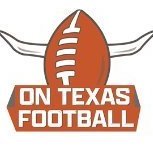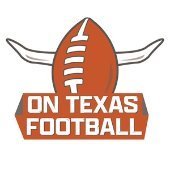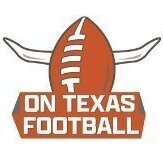
Shipley escaped the accident with the help of a worker nearby but he was severely burned in the process. Shipley was care-flighted to Dell-Seaton Hospital in Austin and is currently undergoing the first of what will likely be several surgeries ahead.
Please pray for Jordan and his family, as well as his dad Bob Shipley, who is on the way to the hospital to be with Jordan and his family now.
Thank you.
- Read more...
- 175 comments
- 11407 views



